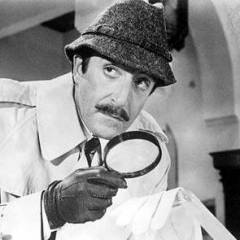Note: This thread is 2830 days old. We appreciate that you found this thread instead of starting a new one, but if you plan to post here please make sure it's still relevant. If not, please start a new topic. Thank you!
-
Topics Being Discussed Right Now on The Sand Trap
-
- 30 replies
- 2,632 views
-
- 10 replies
- 2,237 views
-
- 3,512 replies
- 374,544 views
-
- 8,515 replies
- 390,777 views
-
Low Spinners (Viktor Hovland, AoA) 1 2 3
By iacas, in Instruction and Playing Tips
- spin loft
- low spinner
- (and 2 more)
- 39 replies
- 10,092 views
-







Recommended Posts